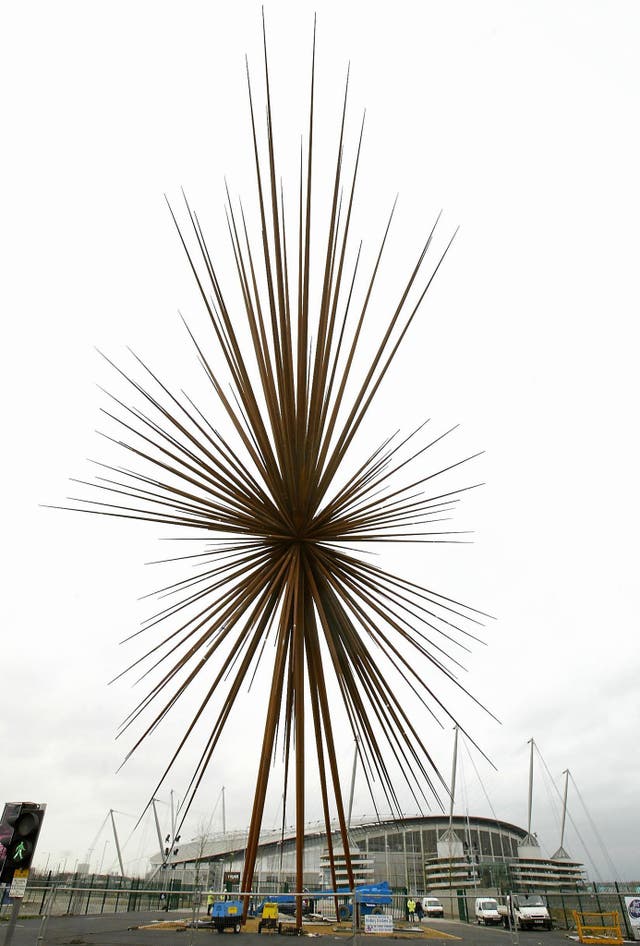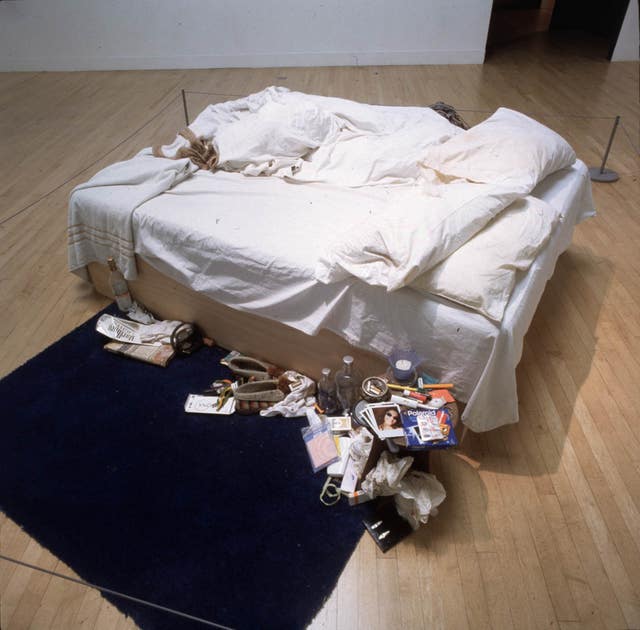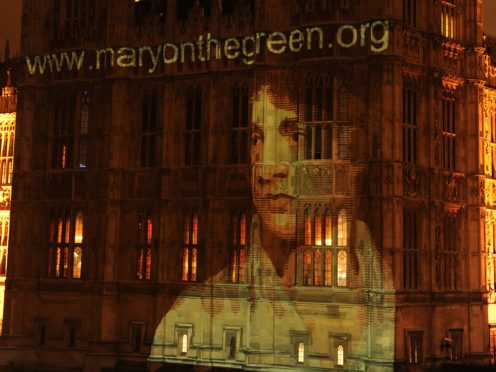Often described as the “mother of feminism”, Mary Wollstonecraft was both a philosopher and early advocate of women’s rights.
Before her death at the age of 38, she wrote a series of texts that would lay the foundation for modern feminist thought.
She remains best known for 1792’s A Vindication Of The Rights Of Woman, in which she argued women are not naturally inferior to men, but appear to be only because they lack education.

A memorial to Wollstonecraft by artist Maggi Hambling has gone on display in Newington Green, Islington, provoking an online backlash due to its inclusion of a naked female figure.
Wollstonecraft was born in Spitalfields, London, in 1759, to a family of reasonable wealth. But her father, a drunk who was sometimes violent, squandered the family money.
She did not receive a substantial education but in her mid-20s opened a girls’ school in Newington Green, close to where the new statue is displayed.
Shortly before Louis XVI was guillotined during the French Revolution, Wollstonecraft left for Paris and took an American lover.
Her experiences in the French capital would influence her later work.
At 33 she wrote A Vindication Of The Rights Of Woman, striking out against the popular theorists of the time who believed women should not have an education.
She died aged 38 shortly after the birth of her daughter, the author Mary Shelley, who wrote Frankenstein.
– Here are other public artworks that have sparked debate

– B Of The Bang (2005)
Thomas Heatherwick’s massive metal starburst next to the City of Manchester Stadium was supposed to represent the energy of a sprinter leaping from the starting blocks.
The sculpture was commissioned in 2003 but construction overran and the official unveiling was delayed until January 2005.
Six days before the launch, the tip of one of the spikes detached and fell to the ground and in the following years two more structural issues emerged.
It was dismantled in 2009.
– Scallop (2003)
Hambling’s Scallop was erected on the beach at Aldeburgh, Suffolk, in memory of the composer Benjamin Britten, who lived nearby and helped launch the Aldeburgh Festival in 1948.
However, the 12ft-high steel artwork has been the subject of graffiti attacks with the words “rubbish” and “move this tin can” scrawled across its side.

– My Bed (1998)
Tracey Emin’s unmade bed was exhibited at the Tate Gallery in 1999 as one of the shortlisted works for the Turner Prize.
Inspired by a sexual yet depressive phase in the artist’s life when she remained in bed for four days without eating or drinking anything but alcohol, My Bed quickly gained notoriety.
The bed itself was surrounded by used condoms, underwear and vodka bottles.
